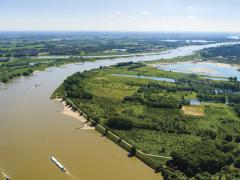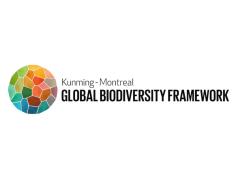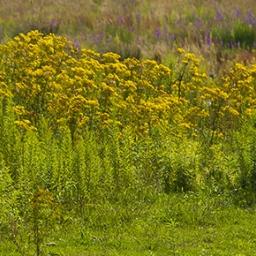Increasing variety in response to decreasing biodiversity
Inaugural lecture by Rob Alkemade upon taking up the position of Special Professor of Global Biodiversity and Ecosystem Services Modelling at Wageningen University & Research on 12 September 2019.
Global biodiversity and ecosystem services models are used to project how biodiversity and ecosystems are likely to develop in the future, to assess how combinations of pressures affect biodiversity, and to evaluate the effectiveness of policy options in achieving targets and reducing — or even reversing — biodiversity loss.
Current models, despite large progress made in the past few years, have three main weaknesses: They only evaluate policy options that highlight separation of land-use functions, overlook the importance of multiple biodiversity values, and disregard potential trade-offs. These options are selected by decision-makers, which may lead to path dependency.
The next generation biodiversity models will need to cope with:
- mixed multifunctional land-use systems, providing a huge variety of options to restore biodiversity;
- multiple values, providing decision-makers with more comprehensive information, potentially avoiding counterproductive decisions being made; and
- interactions, trade-offs and feedbacks, to avoid overestimation of the impact of the various options.
Authors
Specifications
- Publication title
- Increasing variety in response to decreasing biodiversity
- Publication date
- 2 December 2019
- Publication type
- Report
- Publication language
- English
- Product number
- 3822




